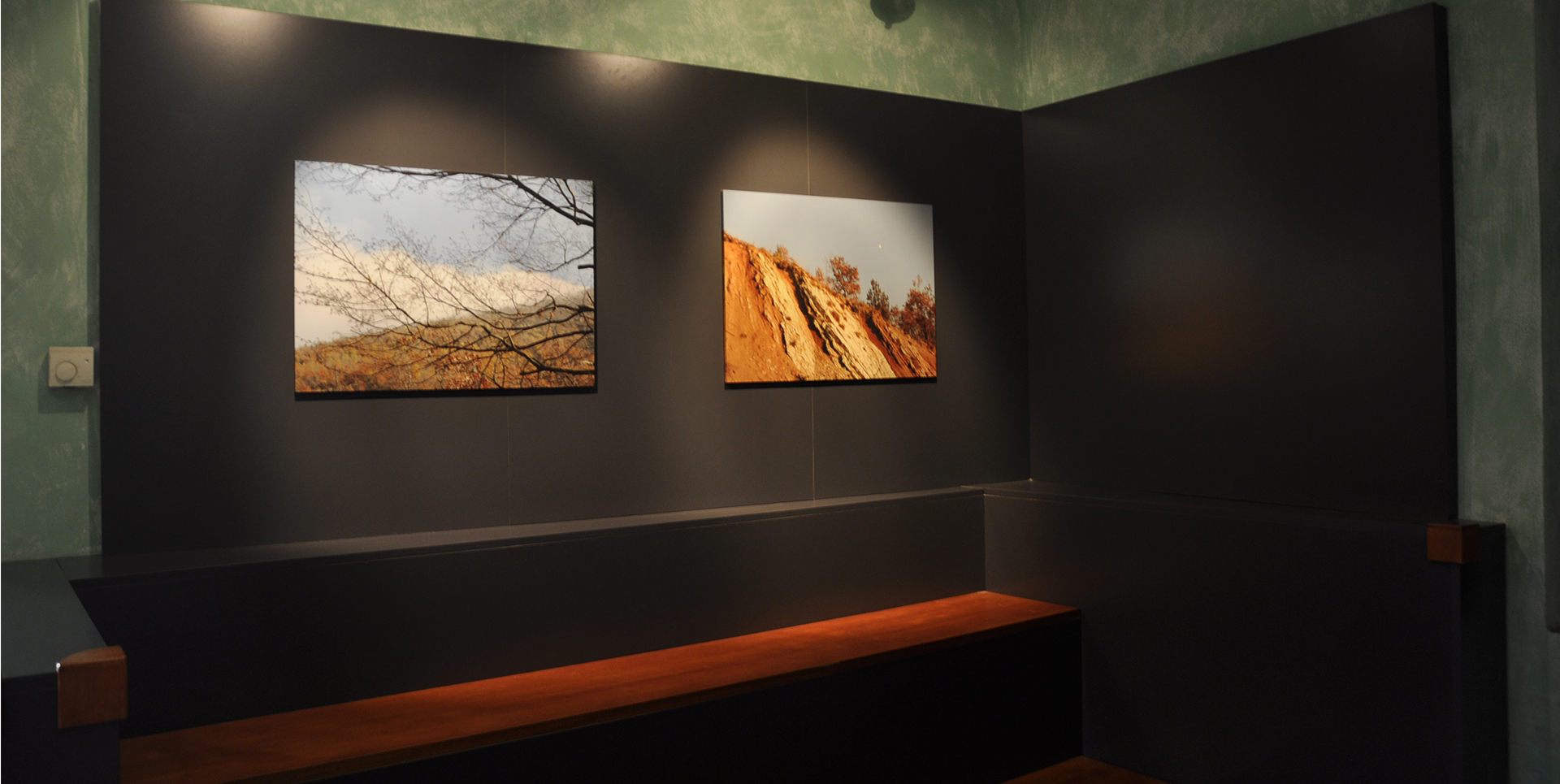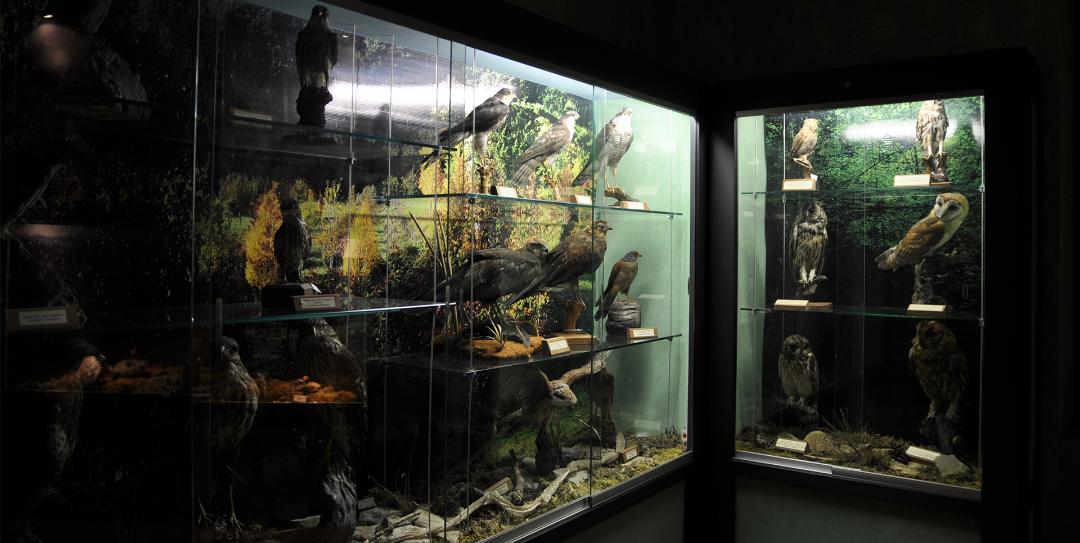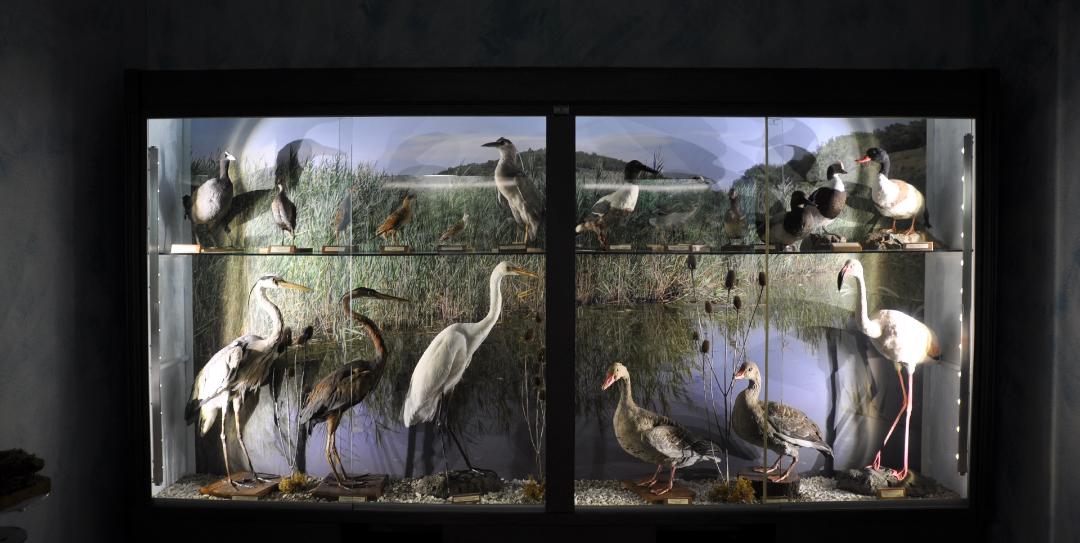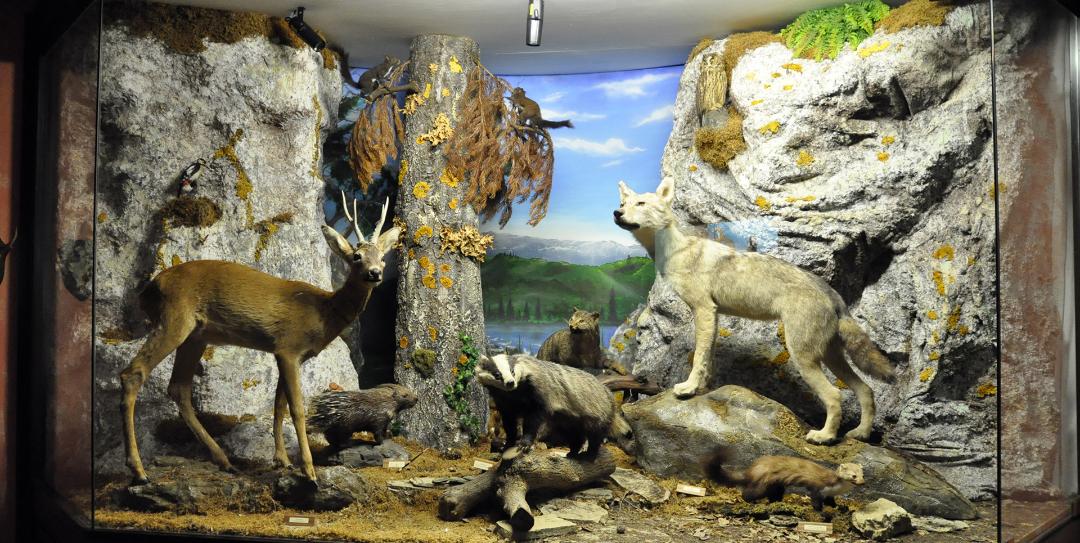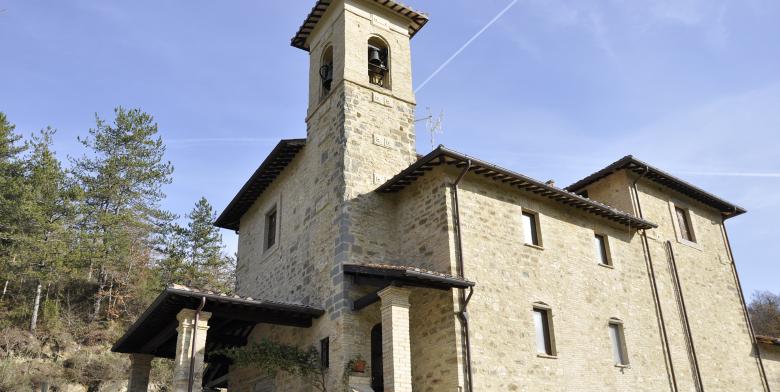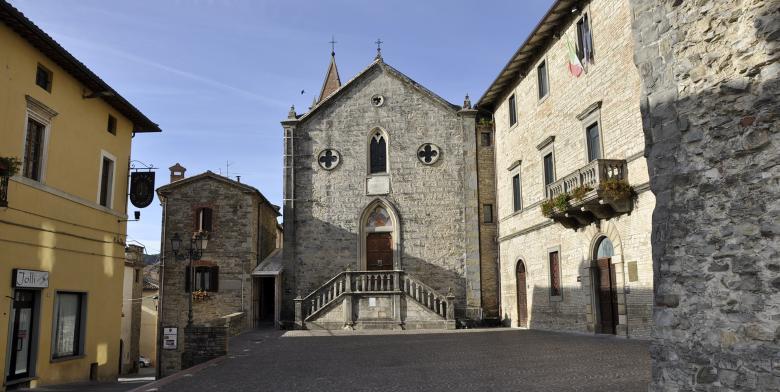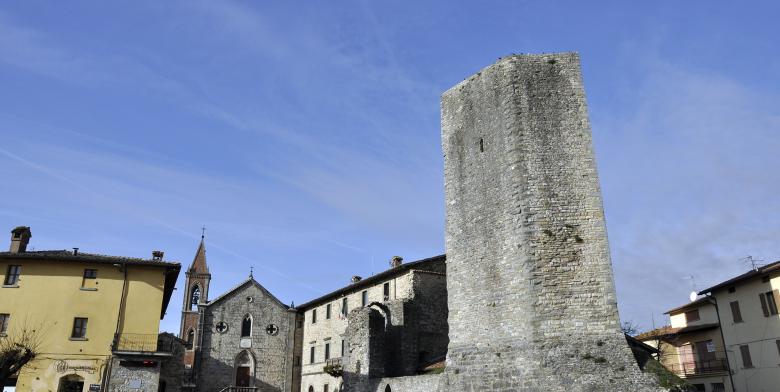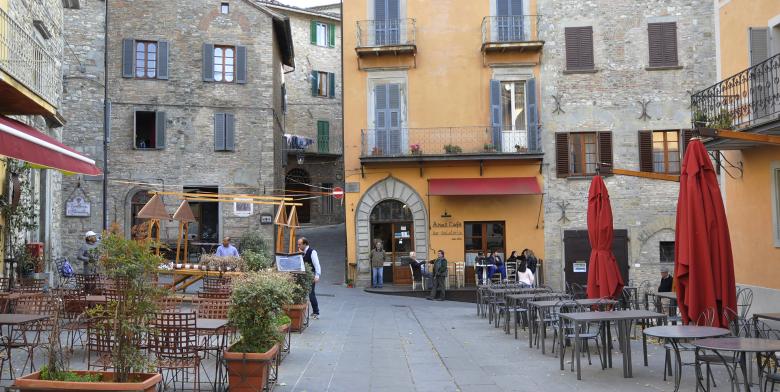Some tracts are still visible completely covered with thick limestone slabs called
basoli.
In the territory of Pietralunga the spread of Christianity is tied to the vicissitudes of St. Crescenziano, a Roman legionnaire who brought the new doctrine to these territories. Crescenziano, according to the sacred legend, killed a dragon that was raging on the outskirts of Città di Castello. During the Christian persecution made by Diocletian, Crescenziano was beheaded and buried in the place where the church de Saddi stands; it is the oldest church in the area, built in the fifth century A.D. on the ruins of a Roman temple, to preserve the body of the martyr. Inside the church, an eighth-century bas-relief depicts the saint slaying the dragon.
The Roman settlement, built in the valley, was abandoned following the barbarian invasions and the city was rebuilt in the 6th-7th century on the hill known as Plebs Tuphiae. In the same historical period, construction started on the church of Santa Maria and the pentagonal Lombard fortress.
Over time the territory of Pietralunga became very prosperous and populous, and its rich pastures took on the the name Pratalonga, becoming a free Commune from 11th to the 14th centuries and were thus provided with the Statutes and the Land Registry. At the end of the fourteenth century Pietralunga allied itself and submitted to Citta di Castello, becoming an integral part of the territory. From then on its history proceeded in parallel with that of the major cities that provided to send, periodically, a captain with full powers in the administration of public affairs.
This situation lasted until 1817, when Pietralunga was elevated to the rank of municipality, and in 1860 it was brought into the Kingdom of Italy. Pietralunga lost more than 100 of its sons in the First World War and in the second, after September 8, 1943, with the establishment of the Proletarian Shock Brigade San Faustino, which became the resistance operations center in upper Umbria: for this reason it is the only Umbrian municipality decorated with medal for bravery.
The medieval town is built around the Lombard fortress, dating from the eighth century, with the surrounding walls that still characterize the village today. The fortress, despite the subsequent changes, has lost none of the characteristic pentagonal base. Of the three ancient gates the only one still intact is the Cassino gate, bearing on its left side a plaque of the sixteenth century, commemorating the restoration along with the castle walls. Of particular interest are the urban parish church of Santa Maria, dating from the eighth-ninth century, which has a valuable Romanesque portal and suburban parish church, today the sanctuary of Our Lady of Remedies.
























